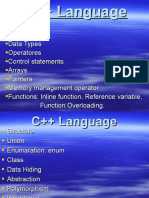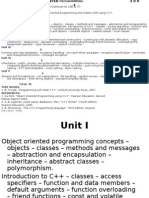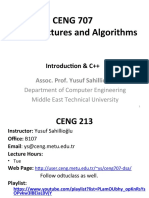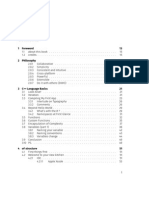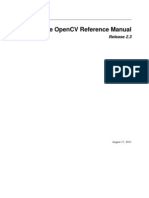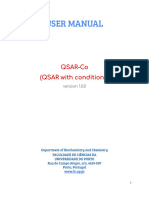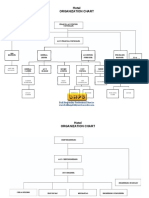0% found this document useful (0 votes)
17 views51 pagesProgramming Overview
This document provides an overview of Python and C++ for medical image analysis, including a comparison of the languages, Python code examples, an introduction to object-oriented programming concepts like inheritance and polymorphism, and C++ topics such as templates and namespaces. Key points covered include basic Python syntax and libraries, the benefits of each language, and how inheritance is used in ITK.
Uploaded by
okuwobiCopyright
© © All Rights Reserved
We take content rights seriously. If you suspect this is your content, claim it here.
Available Formats
Download as PPTX, PDF, TXT or read online on Scribd
0% found this document useful (0 votes)
17 views51 pagesProgramming Overview
This document provides an overview of Python and C++ for medical image analysis, including a comparison of the languages, Python code examples, an introduction to object-oriented programming concepts like inheritance and polymorphism, and C++ topics such as templates and namespaces. Key points covered include basic Python syntax and libraries, the benefits of each language, and how inheritance is used in ITK.
Uploaded by
okuwobiCopyright
© © All Rights Reserved
We take content rights seriously. If you suspect this is your content, claim it here.
Available Formats
Download as PPTX, PDF, TXT or read online on Scribd
/ 51







